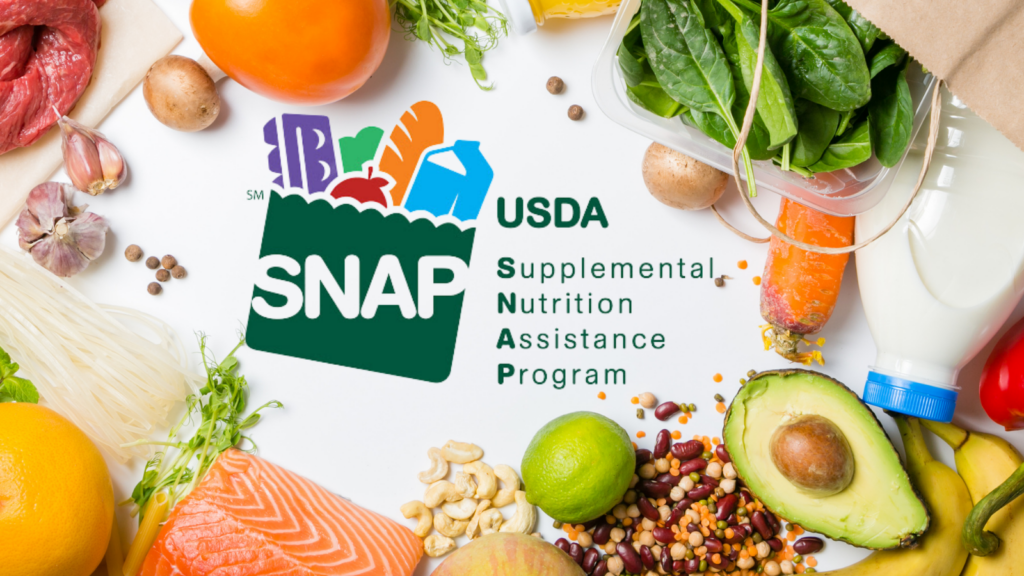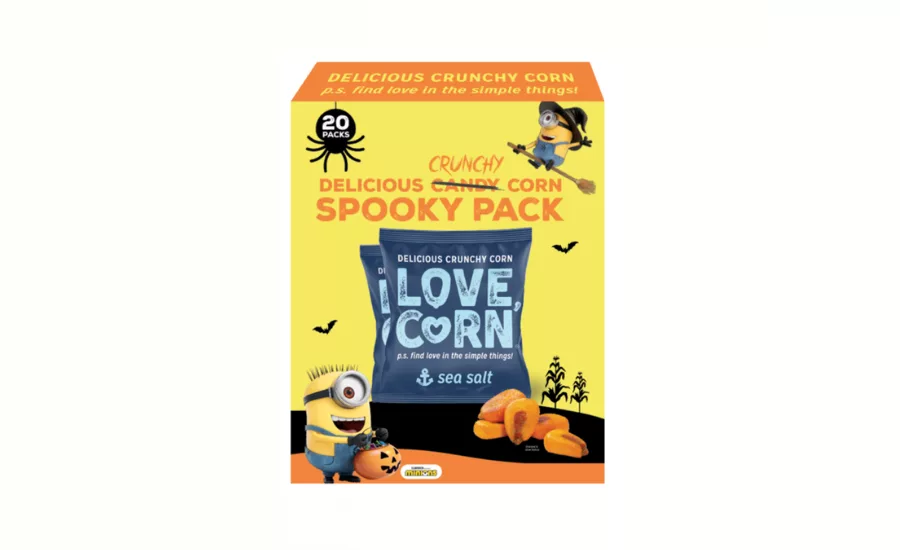Generation Alpha, the cohort born from 2010 to mid-2020, is increasingly influenced by content on platforms like YouTube. The blend of entertainment and targeted marketing allows brands to tap into young consumers’ preferences, often without parental knowledge.
In recent years, YouTube has emerged as a primary platform for children, especially among Generation Alpha, shaping their attitudes and preferences towards food and snacks. Known for its vast array of engaging content, the platform fosters a unique relationship between young viewers and brands. This ‘pester power’ gives children a voice in purchasing decisions, which can significantly sway parents’ choices when it comes to food. The site effectively blurs the lines between entertainment and marketing, as kids watch unboxing videos, cooking tutorials, and product reviews that seamlessly integrate brand messaging. Unlike traditional advertising methods, which often require parental consent for exposure, video content on YouTube can reach children directly, enhancing the frequency and impact of brand interactions. This marketing strategy capitalizes on the developing parasocial relationships children forge with their favorite content creators, who introduce various food products in an engaging and relatable manner. Thus, brands gain unprecedented access to young consumers’ appetites, often leading to impulse purchases due to this formed affinity. Many parents may be unaware of the influence that these online videos wield in shaping their children’s food choices, creating a complex environment in which subtle marketing tactics thrive. This increased visibility on YouTube often translates into a significant demand for certain brands and products, prompting companies to refine their marketing approaches. As Gen Alpha continues to grow, brands must adapt to this new dynamic that emphasizes direct engagement with children through digital channels, moving away from traditional parent-centric marketing. As the influence of platforms like YouTube grows, food marketers may need to reconsider the ethical implications of this targeted approach and find ways to balance appealing to youth while ensuring transparency for parents.
Key Takeaways
- YouTube shapes food preferences for Generation Alpha.
- Children’s content blurs lines between entertainment and marketing.
- Brands gain access to young consumers without parental awareness.
- Parasocial relationships enhance kids’ influence on food choices.
- Marketers must adapt to the digital landscape for youth.
Source: foodinstitute.com. Read the original:
https://foodinstitute.com/focus/gen-alphas-pester-power-is-fueled-by-youtube/?utm_source=rss&utm_medium=rss&utm_campaign=gen-alphas-pester-power-is-fueled-by-youtube.










Leave a Reply